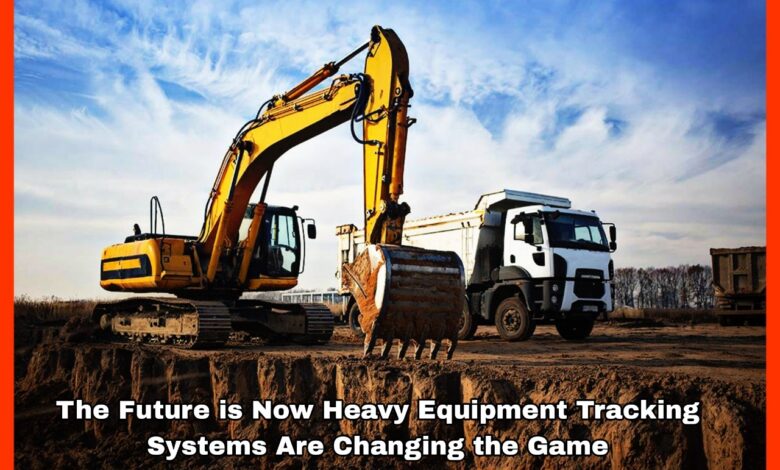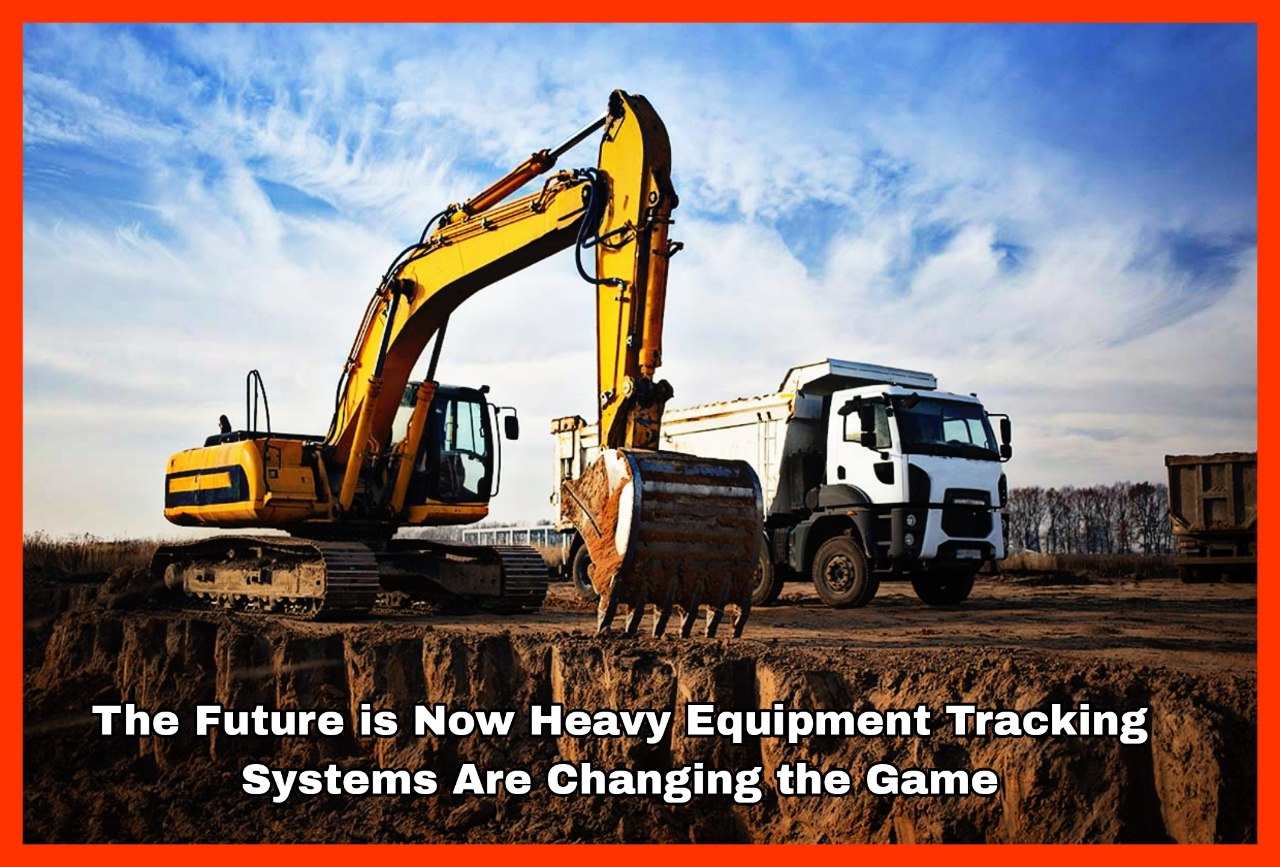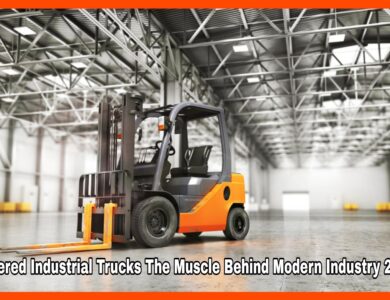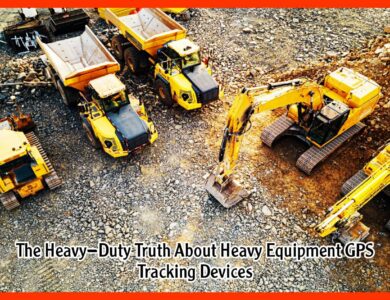The Future is Now Heavy Equipment Tracking Systems Are Changing the Game
The Future is Now Heavy Equipment Tracking Systems Are Changing the Game

The Future is Now Heavy Equipment Tracking Systems Are Changing the Game
Meta Title: Discover how heavy equipment tracking systems are revolutionizing the construction and logistics industries – only on mifk.online.
When was the last time you knew exactly where your $500,000 bulldozer was?
If you had to think about that, then let me introduce you to the heavy equipment tracking system — the unsung hero of modern infrastructure management.

What Is a Heavy Equipment Tracking System?
A heavy equipment tracking system is not just GPS slapped on a crane. Nope. It’s a full-blown data-driven brain for your iron giants.
These systems offer:
-
Real-time GPS location tracking
-
Maintenance alerts and diagnostics
-
Usage analytics & fuel efficiency data
-
Theft protection and geofencing
-
Fleet coordination & jobsite productivity tools
Think of it as your Jarvis for bulldozers, backhoes, and excavators.
Why You Should Care (Like, Really Care)
Because time is money — and machines that sit idle or go missing cost a lot of both.
“We saved $30,000 in the first month just by cutting idle time.”
— A happy site manager, probably
Imagine this:
-
You get a ping on your phone.
-
Your excavator just left the jobsite.
-
You didn’t authorize that.
-
You hit “Lock Engine.”
-
The machine stops moving.
Key Features to Look For
Before you throw money at the first vendor with a fancy dashboard, look for:
-
Cloud-based access with mobile apps
-
Integration with your current project management software
-
Long battery life for remote equipment
-
Custom alerts (maintenance, idle time, movement, etc.)
-
Analytics that don’t look like they came from 1999
And bonus points if it plugs into your sustainability goals. Want to reduce emissions? Know when your machines are burning diesel for nothing.
Who’s Using This Stuff?
Honestly? Everyone who wants to stay in business.
-
Construction companies
-
Infrastructure development firms
-
Mining operations
-
Agricultural giants
-
Even municipalities
If your machines move, dig, push, or lift — they should be tracked.
How to Get Started
Here’s your 5-step crash course to getting on the grid:
-
Audit your current fleet. What do you own? Where is it?
-
Research vendors (and make sure they’re trusted by industry leaders).
-
Request demos. Don’t commit without a test drive.
-
Start with a pilot program. Monitor, analyze, refine.
-
Scale like a pro — rollout to your full fleet.
Internal Use Bonus: The Secret Sauce for Managers
If you’re managing multiple sites, the tracking system becomes your mission control. Cross-site comparison, operator logs, uptime/downtime stats, and predictive maintenance (yes, it knows before your machine breaks).
“We used to rely on gut instinct. Now we rely on data.”
— Logistics Director, smarter than you think
The future is already here. The only question is: Are your machines online yet?
If you’re still working off paper logs and guesswork, it’s time for an upgrade.
Stay informed. Stay in control. Stay ahead.



